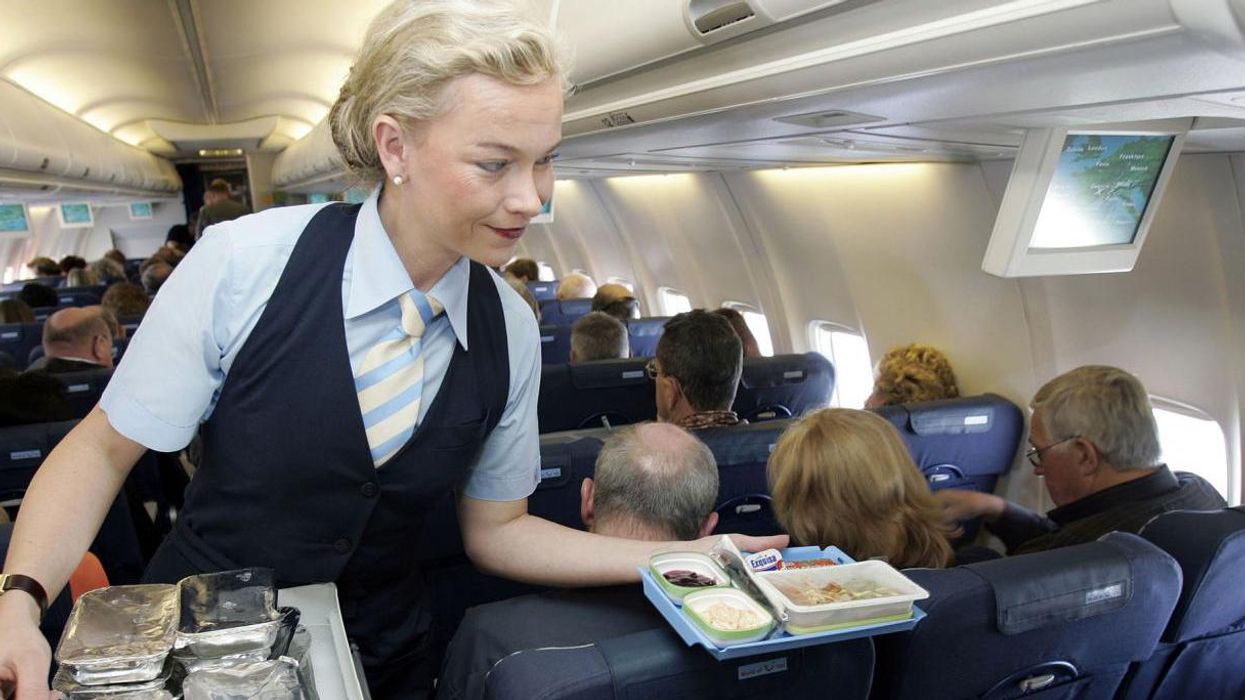News
Jessica Brown
Aug 30, 2017

Picture:
imageBROKER/REX
Planes are undoubtedly one of our most impressive creations - providing us with the ability to soar through the air and reach far-flung destinations in a no time at all. But the one thing they can never seem to get master is temperature.
You might think that turning the little air vents on above your seat might make you colder, and expose you to the germs of everyone else in the cabin.
But you might want to re-think that, argues Dr. Mark Gendreau, medical director and vice chair of emergency medicine at Lahey Medical Center-Peabody, and an expert on the spread of infectious diseases linked to air travel.
Air-con on planes has got a bad reputation, Gendreau told Travel + Leisure, but it’s “completely unfounded”.
He explained:
The flow pattern of air on an aircraft doesn’t necessarily work front to back, or back to front. It’s actually compartmentalized into various sections on the aircraft. As a rule of thumb, the air that you’re typically breathing and exposed to is usually anywhere from two to five rows surrounding your seat.
Nozzles overhead send air to each of these sections, then the air exits the plane through a grill located on the floor of the plane, or beneath its windows.
This air mixes with the outside air before going through a cleaning system and re-entering the plane. This process happens roughly once every two to four minutes.
But while this removes more than 99 per cent of dust and microbes, you may still want to use the air-con.
Gendreau said:
For airborne viruses, it is incredibly important to ventilate, since ventilation becomes your main means of control besides isolating the affected person.
Airborne viruses can hang in the air for up to five hours, but your air con vent creates an air barrier around you, helping to block these particles (to a degree) and forcing them to the ground faster, Gendreau explains.
Top 100
The Conversation (0)













